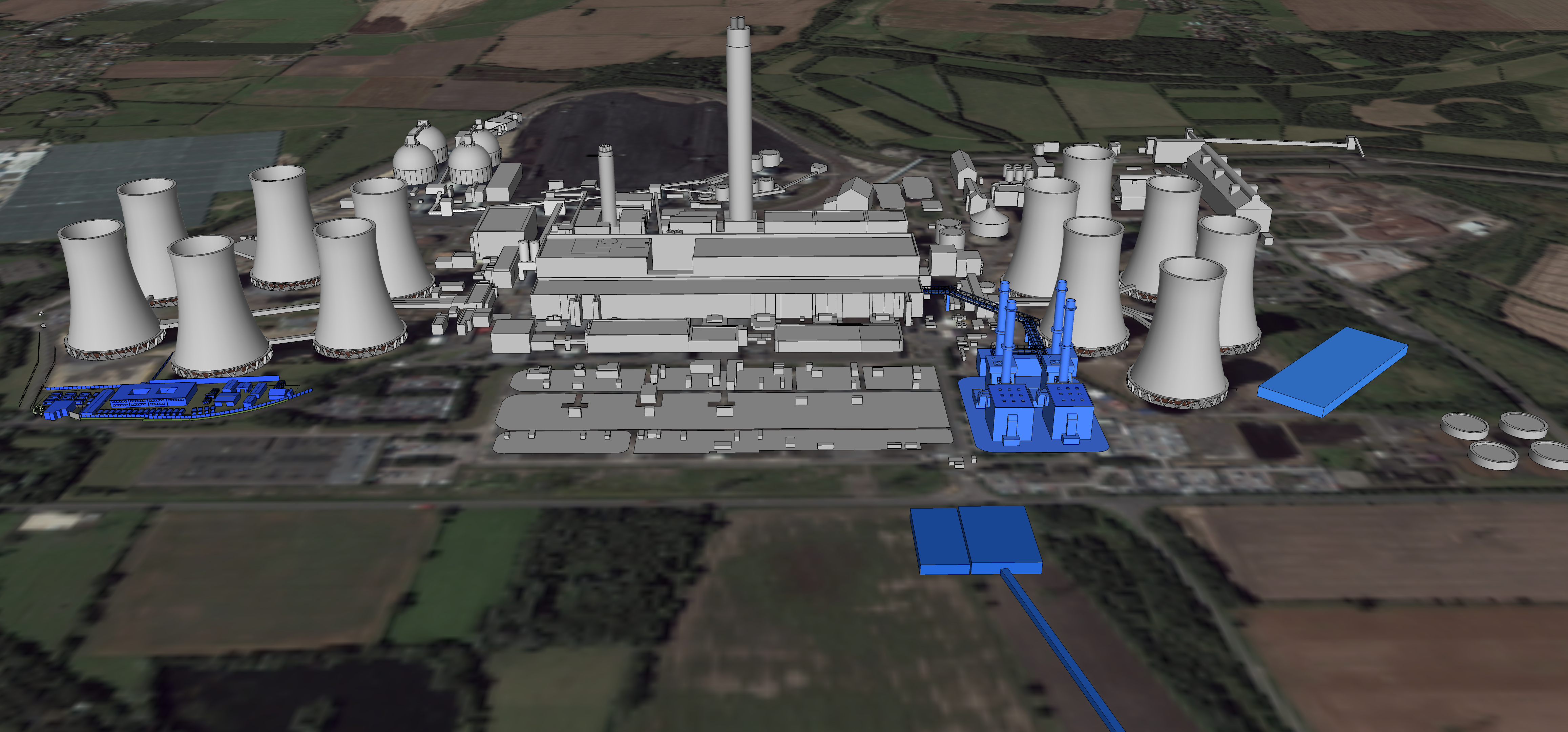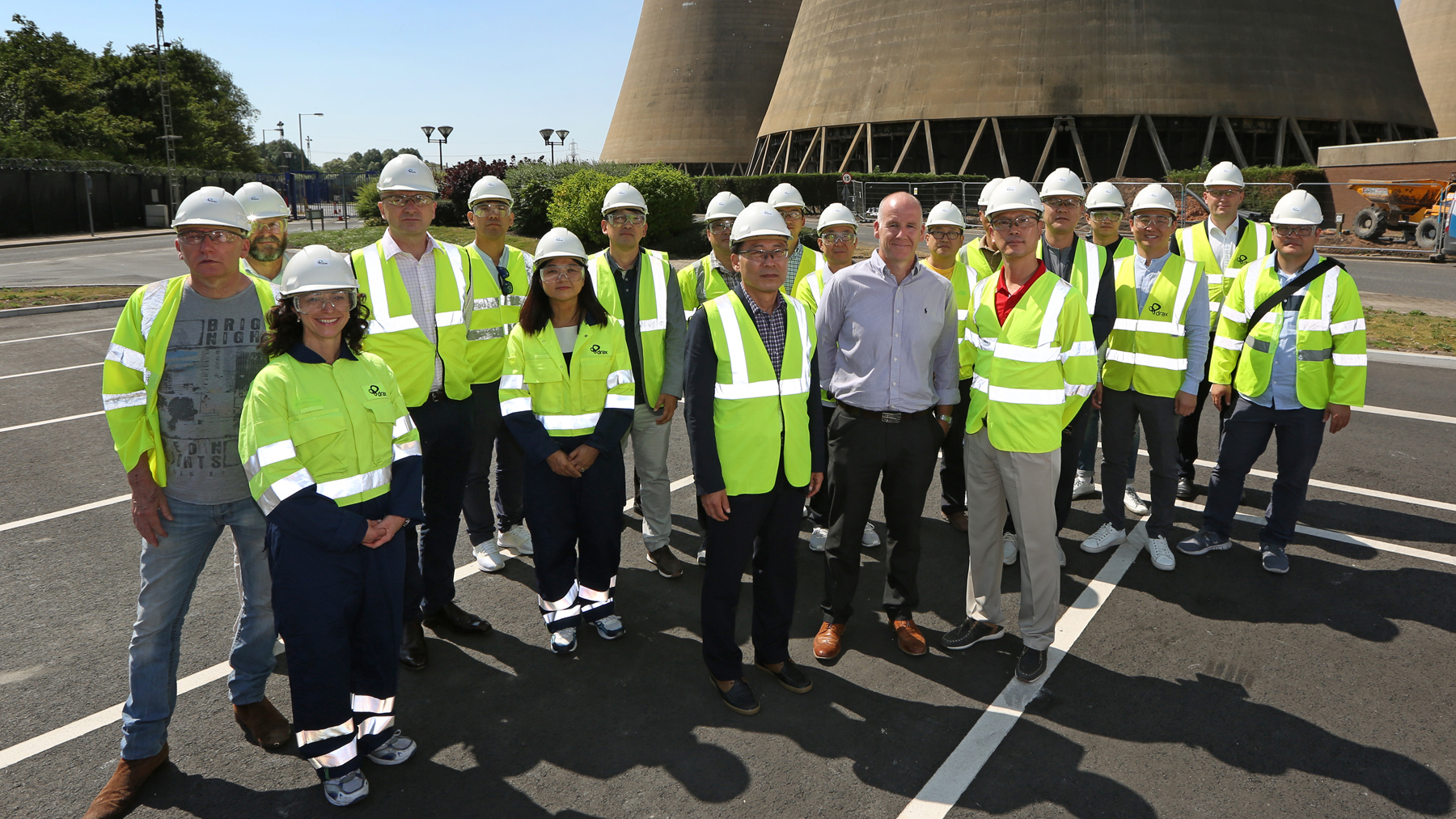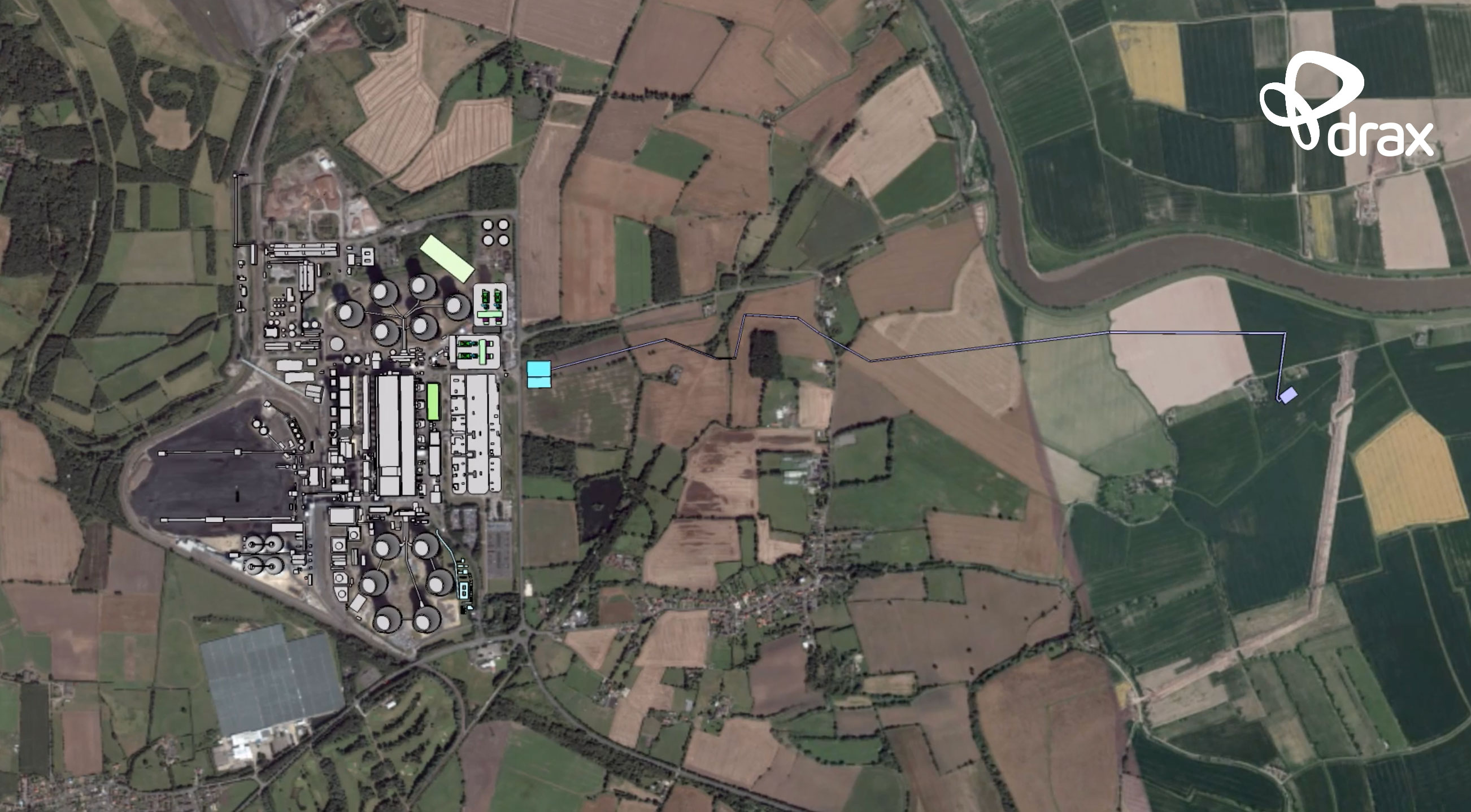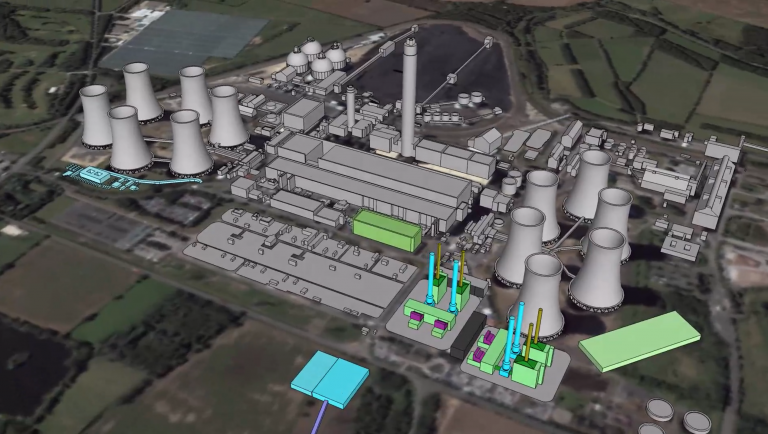
Drax Power Ltd has been notified by the Planning Inspectorate that its application for a Development Consent Order (DCO) has been accepted for examination. The application is for development consent to repower up to two existing coal-fired generating units (Units 5 and 6) at the power station with new gas turbines as well as battery storage and associated development.
The application for the Drax Repower project was submitted to the Planning Inspectorate on 29th May 2018, after extensive engineering and environmental assessments and consultation with local councils, local people, landowners and other interested parties.
A copy of the application form and its accompanying documents, plans and maps (including the draft DCO and the Environmental Statement) are available until Wednesday, 29th August for inspection free of charge at the following places:
- Selby District Council – Civic Centre, Doncaster Road, Selby YO8 9FT
- North Yorkshire County Council – County Hall, Northallerton DL7 8AD
- East Riding of Yorkshire Council – Customer Service Centre, Cross Street, Beverley HU17 9BA
- Snaith Library – 27 Market Place, Snaith DN14 9HE
- Goole Library – Carlisle Street, Goole DN14 5DS
If visiting North Yorkshire County Council, please ask at the reception to view the application documents.
The suite of documents is also available to view online through the Planning Inspectorate’s website.
Officers at Selby District Council, North Yorkshire County Council and East Riding of Yorkshire Council are aware of the Inspectorate’s acceptance of the project for examination. Local parish councils, landowners and other prescribed consultees will shortly receive formal notification of the acceptance.
In addition, an official notice (Section 56 Notice) has been published today in The Times, the London Gazette and the Yorkshire Post and will be displayed in the local area.
Organisations and/or individuals who wish to register a representation and interest in the examination process can do so via the Planning Inspectorate’s website, giving notice of any interest in, or objection to, the application. The examination is likely to start in the autumn (the details and dates of the examination process have yet to be confirmed).
Representations or responses must be received by the Planning Inspectorate by 11.59pm on Wednesday, 29th August 2018. All representations will be made public by the Planning Inspectorate.
The independent examination of the Drax Repower project is expected to last a number of months, after which it will be considered by the Secretary of State for Business, Energy and Industrial Strategy.
















